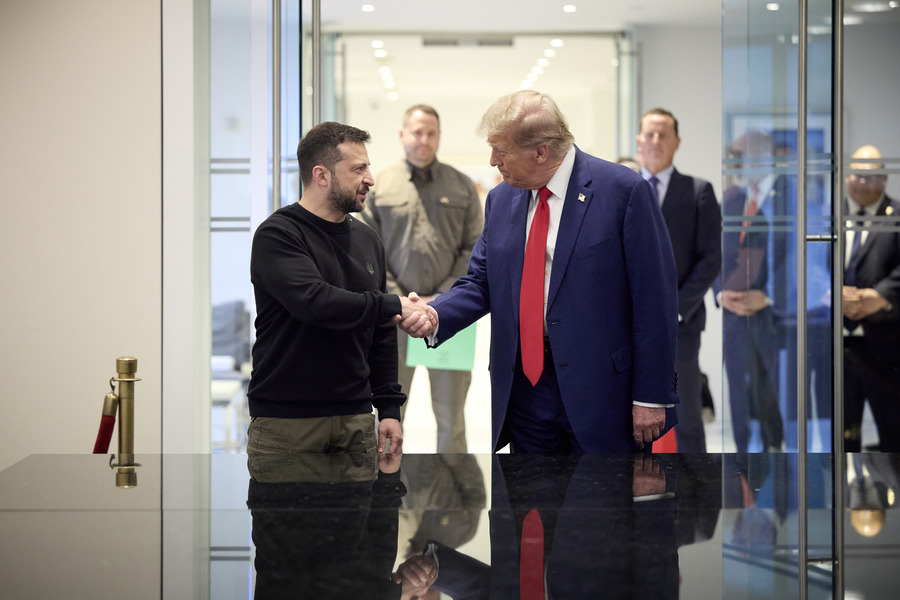A Reply to Marty Lederman
Marty Lederman has a thoughtful response over at Just Security to my post from yesterday.
Published by The Lawfare Institute
in Cooperation With

Marty Lederman has a thoughtful response over at Just Security to my post from yesterday. I take his argument to be the following: First, that the Presidential Policy Guidance (PPG) does not purport to represent international law, but as policy it is actually better than international law; second, that any increase from the baseline of LOAC is a good thing and shouldn’t be criticized for not being exactly the same as binding the law of armed conflict, and the President and his legal team should not be taken to task for doing more than IHL requires of the US; and third, that there are very clear divisions between various forms of armed conflict being currently pursued by the US government, and everyone understands those rules and divisions and how and where they apply, so there is no “folk” problem that I talk about. I think Marty and I agree that the U.S. is not applying the PPG in Iraq and Syria. Where we disagree is whether that policy and its articulation have created confusion as to what the U.S. sees as binding international law in its fights against terrorism. It is the relationship between Obama administration lawyer’s framing of the PPG as a policy document and existing international law that I would like to focus on in my response. First, I understand that the Presidential Policy Guidance is articulated as a matter of policy. In fact, that’s part of what I lament in Folk. For most international law lawyers, the PPG is difficult to read because of its mish-mash of legal frameworks. As I explain below, my sense is that this mish-mash has real costs. Marty’s post presents the archetypal argument that I think liberal international lawyers and many human rights advocates in the US have been admonished to accept. It is this argument that drove me to write the article. I think it has long been uttered in closed meetings and workshops, so I’m delighted to see it fleshed out so clearly in his post. To paraphrase, “Don’t you want some rules? Don’t you want to protect those civilians in Yemen and Somalia when we are bombing them? We are offering you more than international law does! How could you possibly disagree with that? I thought what you cared about was protecting people? We are the Obama administration, and we care about international law!” I do not think I am confused about what is and is not required under international law in this arena. And I understand that states can use policy or directives to hold themselves to higher standards than those laid out in international law (as contemplated in, for example, Article 3 common to the Geneva Conventions). However, my intuition is---and I’m glad to see Marty acknowledge this---that the fudging of a range of binding rules taken out of context into “policy norms” is being used to give an international law-like gloss to an approach that most allies see as violating clear sovereignty and international human rights law rules. The authors knew that they were writing a policy for something they anticipated would be criticized for being unlawful under existing ad bellum rules, so they threw in a lot of nice concepts from IHL and IHRL. The PPG seems to read IHL standards up (going beyond LOAC binding in armed conflict), to read IHRL down (going below the strict limitations on the lethal use of force in peacetime), and to render respect for territorial sovereignty almost entirely at the pleasure of the US President. (I am purposely remaining silent on whether these decisions make sense as a pure matter of national security, as I worry when international lawyers start thinking they are military planners or defense strategists.) If we were talking about an actual armed conflict (as classified according to existing international law), then indeed Marty would be correct that the PPG presents a higher standard as to proportionality and as to the level of certainty required for target identification and engagement. As a standard, though, and not a rule, because the PPG doesn’t appear to suggest that anyone could be held responsible for anything as a matter of law. Here is what I think is going on in the PPG: the Obama administration lawyers needed to justify doing something that probably wasn’t allowed under binding international law (not a new problem, but a troubling one for these particular lawyers). They didn’t like the idea of global NIAC and the fact that it reeked of the Bush administration’s GWOT, so they were uncomfortable. They decided that instead of running roughshod over the rules, or explaining to fellow states why the rules should be changed, they would characterize the conflict in a way that would fit into an already-existing category of armed conflict (NIAC). However, realizing that if they really treated these attacks as NIACs, there would be a lot of lawful destruction and bloodshed, and being uncomfortable with all that potential destruction and bloodshed in what looked a lot like an illegal incursion into another sovereign’s territory, they pulled from some human rights law language and said they would only actually unleash the US’s mighty lethal force under a very complex and opaque set of legal-sounding requirements. What they ended up with doesn’t seem particularly practical, doesn’t comport with existing ad bellum, IHL or IHRL rules, and seems to allow the US to choose between when it thinks it is in a “global NIAC” situation such as Yemen, and when it is in an “old-fashioned NIAC” situation such as---apparently---in Syria. (I call that “folk.” If you don’t like that term, you might try “legal-ish.”) I think that when you take distinct international law rules and you draw upon them to craft a single policy, and then say that policy has no relationship to international law (as Marty says, “The PPG rules, however, do not purpose to reflect any view of what international law requires) in the manner of the PPG, there are costs. There are downsides. You lose something in the move. And the cost I am most interested in is how this policy-based effort to deal with actual binding law ends up making it difficult for the very people you would expect to be criticizing the government on international law grounds to do so. Under international law, you can make policy up. You can’t make policy down. The sophistication of the PPG is that by referencing so many international law-sounding principles, it gives the appearance of a unilateral decision by the USG to bind itself to a higher standard than it must, when it chooses, as a matter of policy. It is a confusing and obfuscatory move that has, up until this point, served this administration incredibly well. It forced administration critics’ to register their critique in the mode of IHL, and to talk about certainty and targeting, as opposed to focusing the discussion on the legality of the enterprise in the first place. As to Marty’s asterisk, there has been so much ink spilled and blog space filled on the ad bellum and the unable or unwilling questions that I’m not going to re-hash them here. I’ll only say this: most international lawyers in most places outside of this recent US debate think global NIAC does not exist as an actual category under international law, and does not authorize a state to argue that an armed conflict is always already underway (thus legitimizing the use of lethal force against targets as defined under IHL). A handful of administration lawyers and those that support their arguments do (I think Marty flatters the coherence of the position when he suggests there is an “international debate” about this). I think that this administration was uniquely full of people who needed to feel that their very difficult national security decisions were supported by existing international law (instead of either concluding that their actions were illegal but legitimate or deciding to try to create new international law). I think that feeling, in the peculiar urgency borne of wartime, caused them to do strange things with international law, and to make dangerous holes in the concept of sovereignty. This battle will continue. My guess is that international law in this arena will reassert itself, and these last few years will be seen as an unfortunate misadventure concocted out of the well-intentioned desire to find some way to expand the law to cover what was deemed urgently necessary for national security purposes. Time will tell.


.jpg?sfvrsn=d5e57b75_5)

